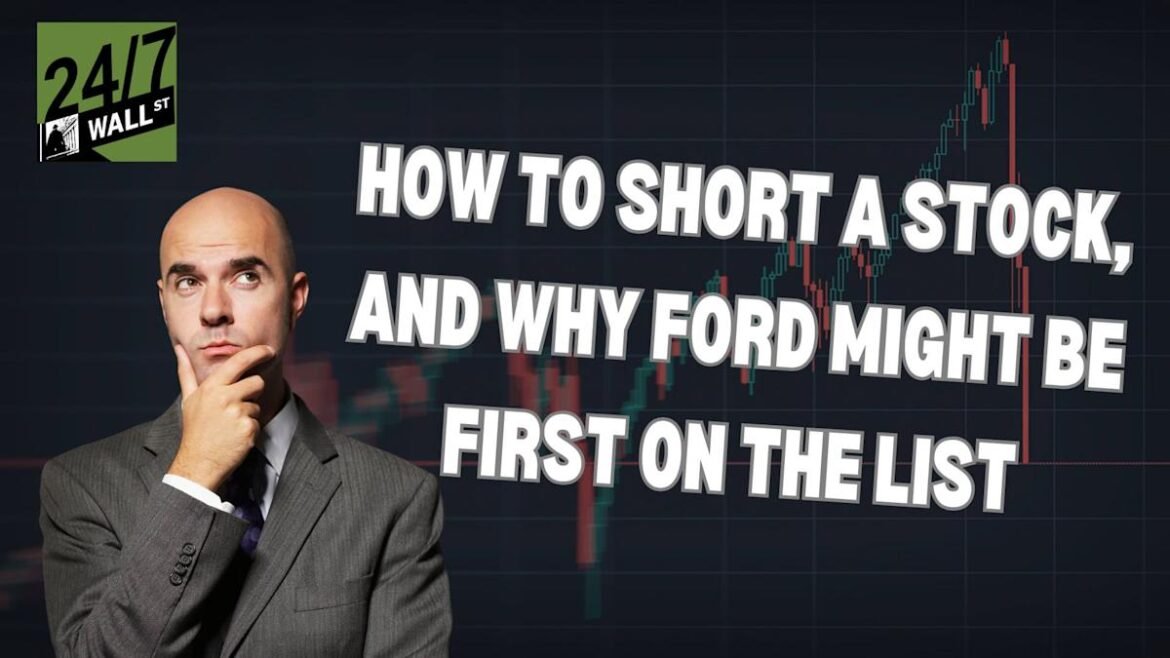Ford Motor Co. (NYSE: F) remains a potential short-trade candidate, but shorting exposes investors to theoretically unlimited losses if share prices rise sharply.
Short sellers of dividend-paying companies must reimburse dividends to the lenders of borrowed shares, increasing the cost of maintaining bearish positions.
Applied Digital (NASDAQ: APLD) currently has roughly 40% of its float sold short, creating conditions where a rapid rally could trigger a significant short squeeze.
Some investors get rich while others struggle because they never learned there are two completely different strategies to building wealth. Don’t make the same mistake, learn about both here.
The topic came up when I told Lee that I had been hearing more investors ask about shorting stocks. He said it was one of the most misunderstood ideas on Wall Street. Using Ford as an example, we walked through how shorting actually works, why the risks can be extreme, and how traders can get caught when prices rise instead of fall.
Lee explained that short selling is the process of selling stock you don’t actually own. Your broker borrows shares from another investor and sells them on your behalf. You’re betting the stock price will decline so that you can buy those shares back later at a lower price, returning them to the lender and pocketing the difference.
The key risk, as Lee stressed, is that losses can be unlimited. A stock you shorted at $10 could rise to $30 or $50, leaving you exposed to potentially catastrophic losses. “When you’re long, the worst you can do is go to zero,” he said. “When you’re short, there’s no limit to how far it can go against you.”
Shorting also comes with hidden costs. If the company pays a dividend, the short seller must pay that dividend to the lender of the shares. And because the broker is borrowing stock on your behalf, there’s a “borrow cost,” which can increase for stocks that are hard to find or have heavy short interest.
For experienced investors, Lee suggested a different way to express a bearish view — selling naked puts. He explained that by selling, for example, Ford’s December or January $5 puts, you’re agreeing to buy the stock at $5 if it drops to that level. The strategy can generate premium income, but it also requires margin approval and comes with its own risks.
We also talked about the effect of heavy short interest on a stock’s behavior. Lee brought up Applied Digital, a company we’ve liked for months, where roughly 40% of the float has been sold short. If the stock rises quickly, short sellers scramble to buy shares to cover their positions, pushing prices even higher — a phenomenon known as a short squeeze.



